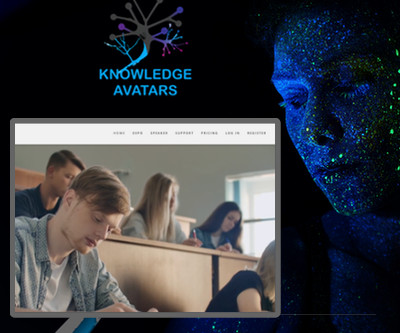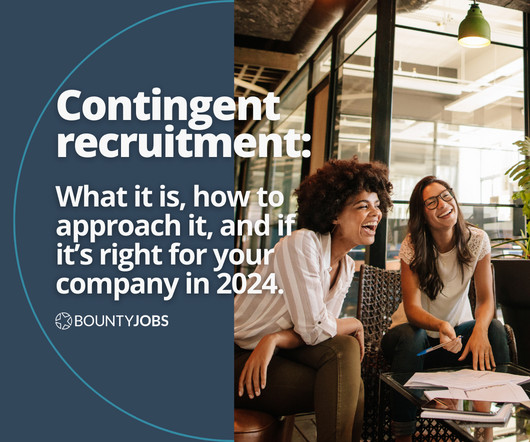3D Tips for the Part-Time eLearning Freelancer
eLearning Weekly
JULY 26, 2011
One of the best pieces of advice my father gave me was, “Discover what you’re good at and then learn how to make money at it.” Just like most obedient young boys, I totally ignored my father’s advice. Even though I’ve been drawing and cartooning my whole life and developing elearning for the past ten years, I never put the two together. I’m a decent artist but most artists are their own worst critics, and even though I was passionate about it, I never once considered earning a living doing it.








































Let's personalize your content